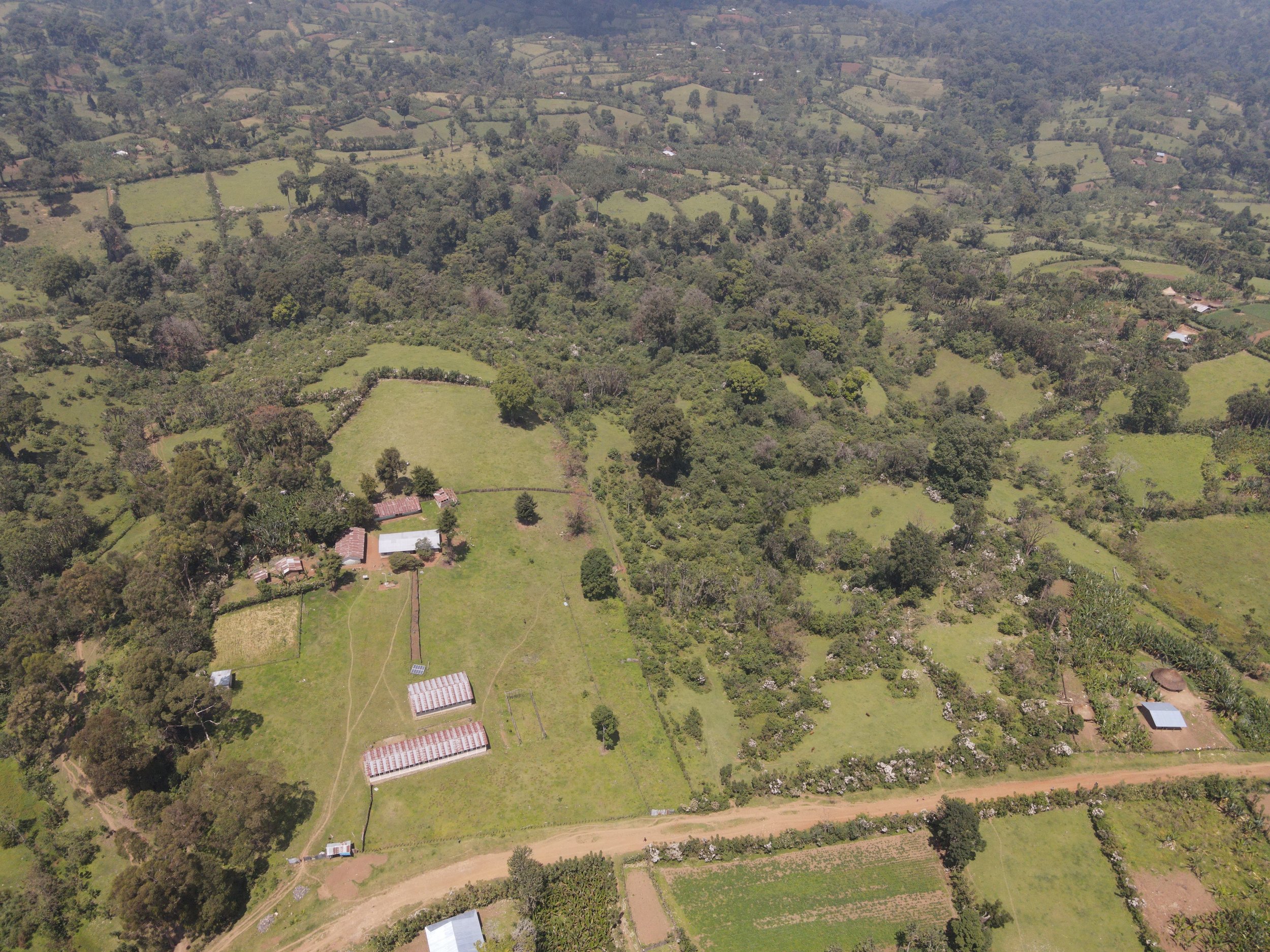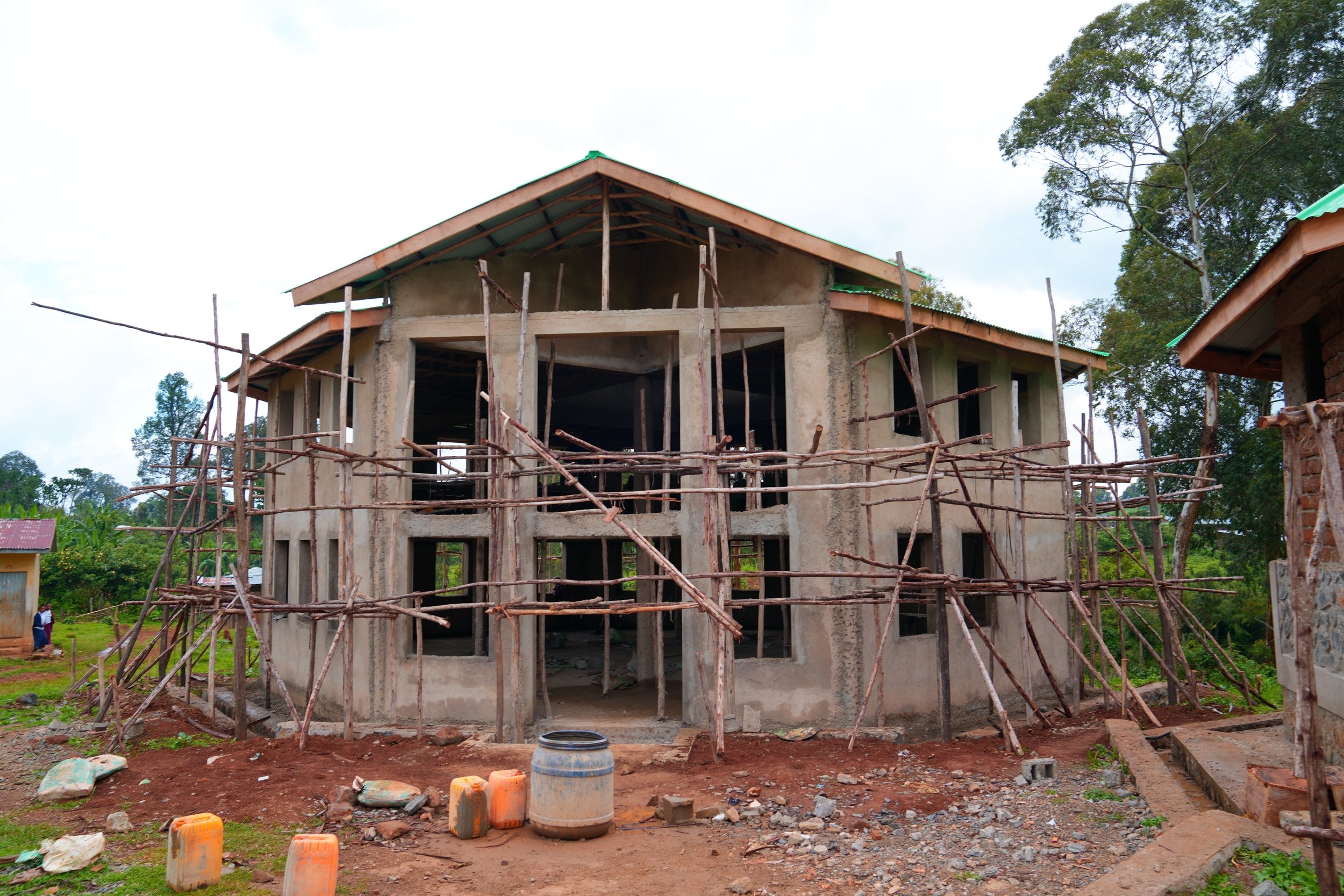
TRAINING CENTER
GEREBA, KAFFA
Vision and purpose of the project
Our vision is to create a school in Ethiopia that provides more than just education - it should be a center for holistic development. Pupils from rural areas will receive a high-quality education that includes not only traditional subjects but also practical skills such as crafts, agricultural techniques, art, music and sport. This project goes beyond mere school education and promotes sustainable learning that strengthens both the pupils and the entire community and makes them fit for the future.
Current situation and challenges on site
In rural areas of Ethiopia, access to education is a rare opportunity. Schools struggle with severe infrastructural deficiencies: lack of electricity, inadequate water supply and limited resources. Teachers work under difficult conditions with low salaries, making it difficult to attract and retain qualified staff in the long term. This project aims to break this vicious cycle by creating a stable, sustainable and supportive learning environment that benefits not only the students but also the community.
"Education knows no borders - it grows where courage and hope come together."
Challenges of the location
The school is being built in an underserved rural region where access to education for many children is made difficult by long distances and a lack of infrastructure. The agricultural conditions also pose a challenge, but the fertile land and high rainfall make the location an ideal place for agricultural learning and sustainable development
The planned school and the educational program
The campus will not only offer modern classrooms and safe accommodation, but also practical learning areas in agriculture, crafts and modern technologies such as computer work and library. Art, music and sports will also be integral parts of the program to holistically nurture students and develop their creative and physical skills. Students will learn the skills they need to work in different sectors of rural development. This includes both traditional skills and modern trades to provide students with a broad and future-proof education.
Legde
10. football court
11. Basketball Court
12. Marching Area
13. Teachers Lounge
14. Labortatory
15. Parking
16. Existing
17. Demolished
18. Entrance
Legend
1. library
2. Hall
3. Classroom Type 1
4. Classroom Type 2
5. Open Air Class Room
6. Farm for Vegetables
7. Farm for Fruits
8. Admin Office
9. VIP* Toilet
* Ventilated Improved Pit
"A village without elders is like a tree without roots."
How the school and the community benefit
This holistic education will enable students to actively contribute to the development of their region while developing into confident and well-rounded individuals. The school will also generate income through its agricultural and craft programs, which will be reinvested in expanding educational resources and supporting the local community. Self-sufficiency is a key component of the project.
Campus and program details
The agricultural fields on campus will not only provide food for the students, but also serve as a model for sustainable agriculture in the region. Surplus yields from agriculture will be used to finance additional resources. In addition, jobs will be created and the community will be actively involved in the development of the project.
"Help us make a difference. By supporting this high school and agricultural education project, you are helping to create a foundation that educates, empowers and supports. Every donation brings us closer to realizing this vision of hope and opportunity."
Progress update on the Gereba school project - May 2025
The President of the Foundation, Desta Kebede, was personally on site in Gereba, Ethiopia, at the end of May 2025 to see the progress of the school project for himself. The developments on the ground are encouraging and clearly show that our joint commitment is bearing concrete fruit.
The shell of the two-storey library has now been completed. In addition, four single classrooms and one double classroom have been built. Another classroom with an open structure has also been built and will be used for flexible learning formats in future. The first teacher's house has also already been built, as has a toilet block for the pupils.
A second toilet block is already being planned in order to meet the increasing demand in the future. At the same time, we are working on practicable solutions for rainwater collection and the treatment of drinking water - two key elements for a functioning and sustainable school. Clarifications and initial technical implementations will be carried out in the coming weeks.
Another current focus is on the procurement of school desks. We attach particular importance to quality, stability and durability - and are currently examining several offers and designs to ensure that all classrooms are suitably equipped.
The topic of energy supply has also been addressed in the meantime: The site has been technically assessed and it appears that a supply via a solar energy system is the most suitable solution for the site. We are now in the phase of obtaining offers and selecting a suitable system for the school's needs.
The visit showed once again how important this project is for the region - and how much hope, dynamism and responsibility it holds. With each completed part of the building, not only the school grows, but also a vision: to enable education in an environment that is based on sustainability, community and personal responsibility.
We would like to thank everyone who has helped make this project possible.
















